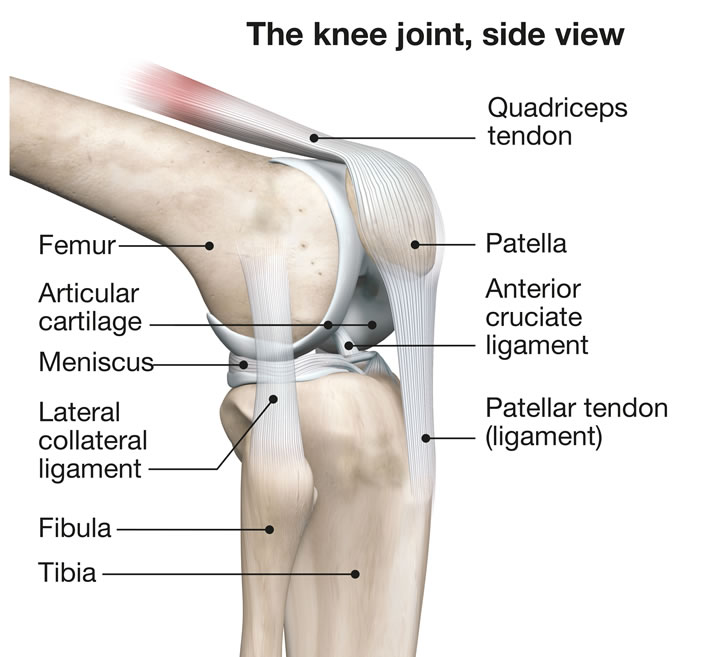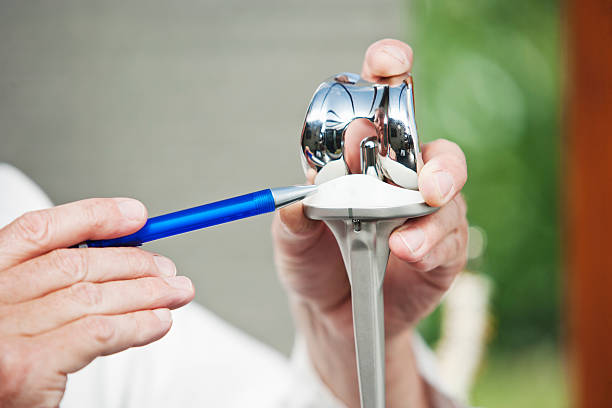
Anatomy

The knee is a joint that makes flexion and extension movements possible. The three bone segments that make up the joint are: the femur, tibia and patella. In its distal portion the femur is composed of two different structures, the condyles (medial and lateral), with a convex surface, which are free to slide and roll on the two tibial hemiplateaus.









